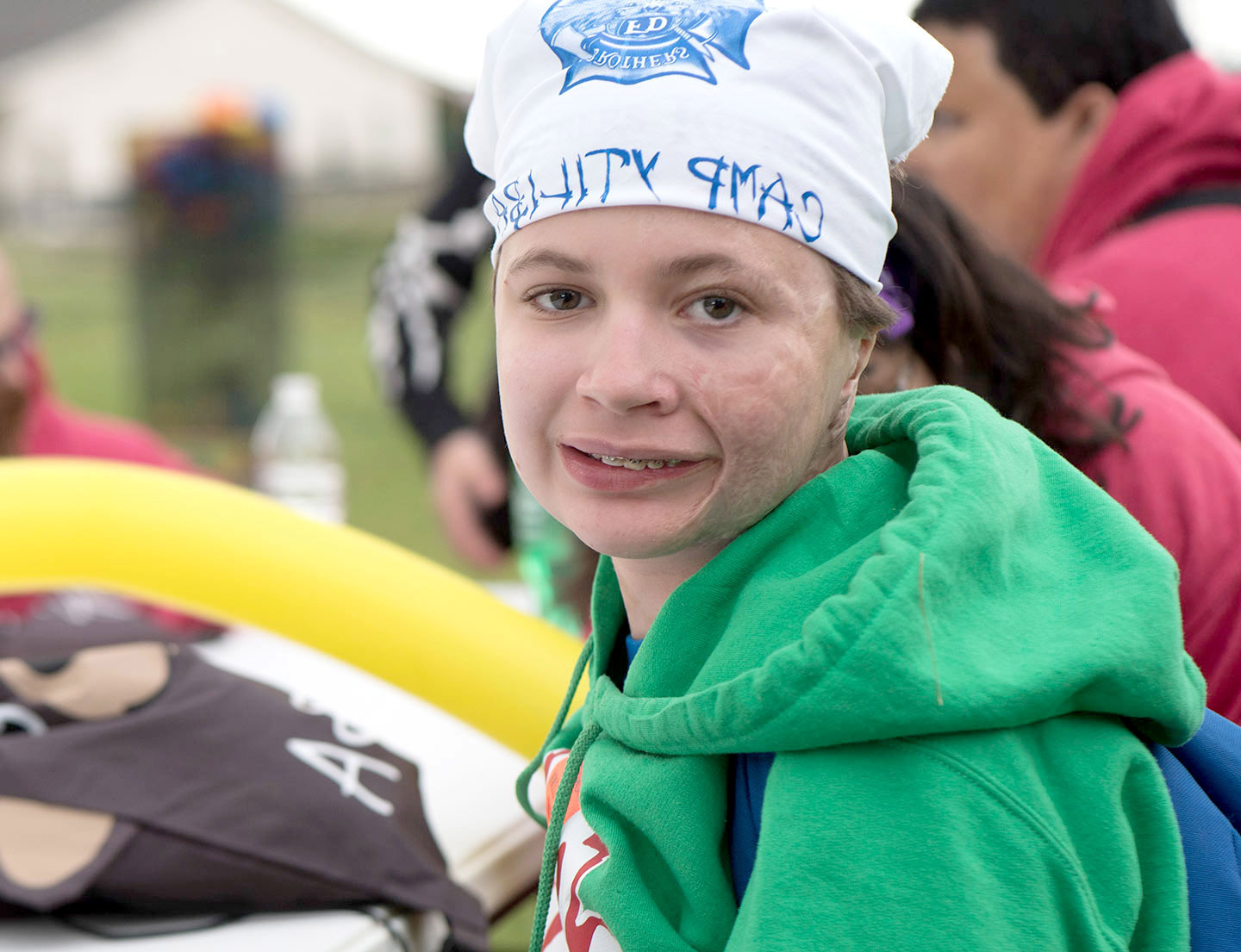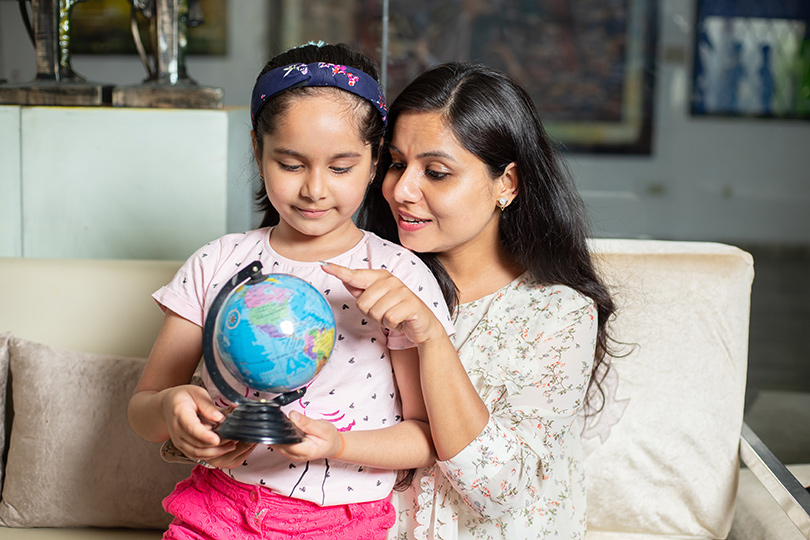Burn Care
Pediatric burn injuries can be hard on the entire family. While not all burns are life-threatening, they all involve stress and a scared child and require care that is personalized to that child and their family.
Shriners Children’s treats all levels and types of burns, including chemical burns, electrical burns and flame burns.
We’re known around the world for our innovative, caring approach to treating burns in children. Regardless of the type of burn your child has experienced, our burn care staff is driven to provide the following for each child we see:
- The physical and emotional support they need to heal
- The ability to function as they did before they were burned
- The healing that minimizes scarring
- The plan to get them back to their daily life with minimal disruptions
Our physicians and care teams have contributed to most of the significant advancements in acute and reconstructive burn care since we began treating burns in the 1960s. They draw on their own pioneering work when they treat a child for a burn, which can include wound care, scar management and reconstructive surgeries. We’ve set many of the standards for pediatric burn care.
Shriners Children's Burn Care Accreditation
Three Shriners Children's locations providing burn care are accredited by the American Burn Association (ABA) and the American College of Surgeons (ACS) as verified pediatric burn centers.
We have a strong connection to and history with the ABA. All of the Shriners Children's burn care chiefs of staff at the above locations have been presidents of the ABA. These distinctions display the depth of the burn care support services we provide, as well as the vast amounts of research we lead on behalf of our patients and children around the world who’ve been burned.
Shriners Children’s Comprehensive Treatment of Burns in Children
Your child’s Shriners Children’s burn care team might include skilled acute burn and trauma surgeons, reconstructive plastic surgeons, anesthesiologists, nurses and nurse practitioners. The wraparound support we provide means you’ll find all the services you and your child need in one location, including occupational and physical therapy, psychological services, nutrition, social services, child life, orthotics and prosthetics, school support and even a makeup clinic. In most cases, everything you need can be done without leaving the facility. Our teams can also educate families on burn care at home and burn care first aid, as a child heals.
Treating Skin Conditions Similar to Burns
We incorporate many of the same burn care standards and treatments for pediatric skin conditions that have characteristics and symptoms similar to burns. That includes Stevens-Johnson syndrome, toxic epidermal necrolysis (TEN), necrotizing fasciitis and purpura fulminans.
Pediatric burn care and skin-related support services at Shriners Children’s are innovative, backed by research and designed to support a child and their family throughout their healing journey. From their initial diagnosis through treatment and rehabilitation, we meet your child's physical, emotional and psychological needs. We continue to follow our patients as they get older, to address any needs as they might come up.
Bringing Your Child to Shriners Children's for Burn Care Treatment
There are several different ways children come to Shriners Children's for burn care treatment. If your child is at another hospital, we can partner with that hospital to transfer your child to a Shriners Children’s location that provides burn care. In non-emergency cases, you can contact us to make an appointment with one of our pediatric burn care specialists. No matter how you come to us, our staff members are available to consult with your child's doctor on their specific situation.
Read below to learn more about our pediatric burn care services and the leaders behind our treatment
Specific treatments and services may vary by location. Please contact a specific location for more information.

It was always very comforting to Ayden that the same nurses, therapists, and child life staff would be there for him, consistently, at every visit. He learned to trust them, and they helped him overcome his fears of treatment.












